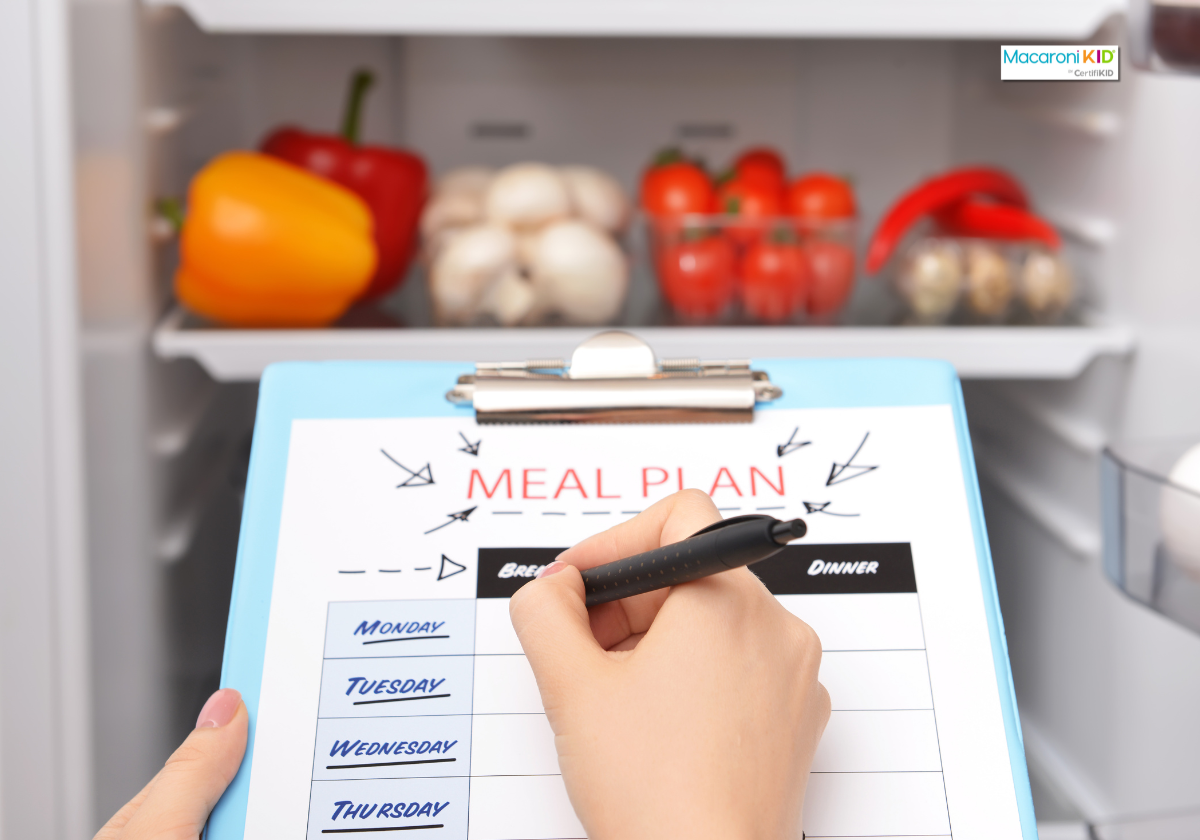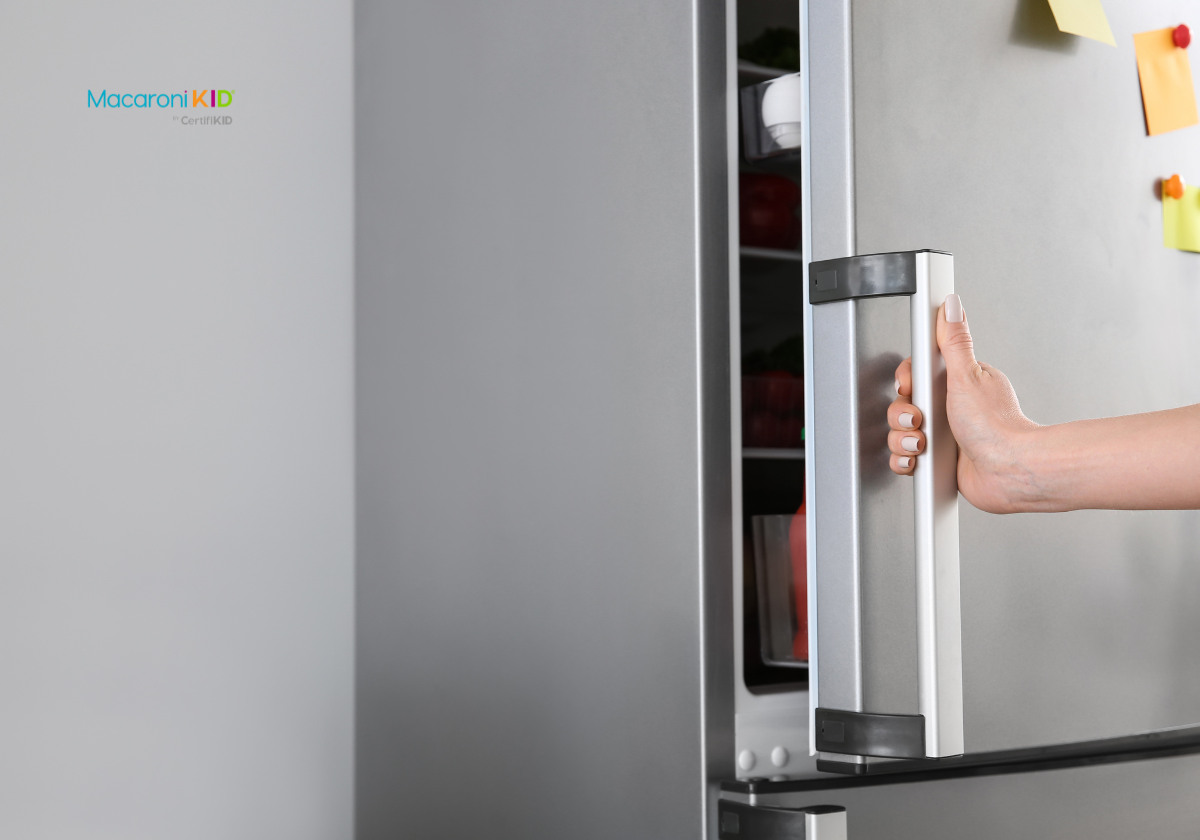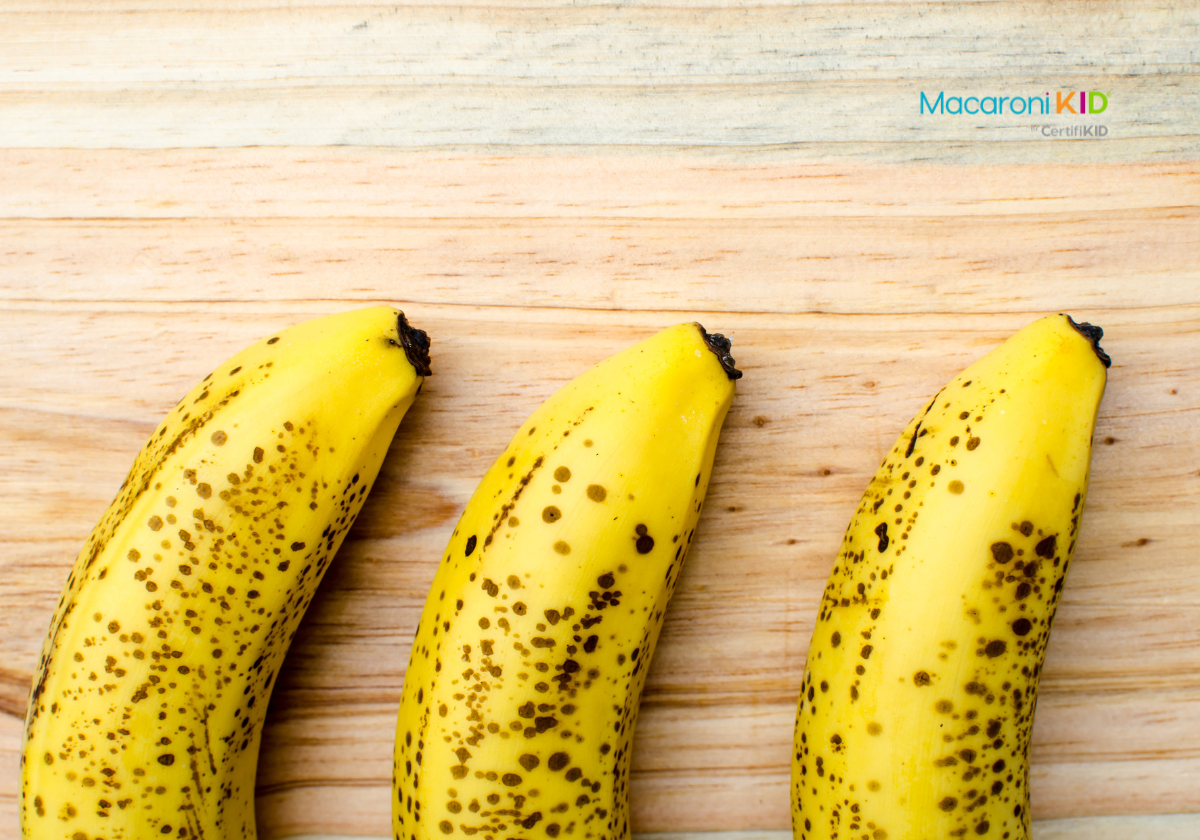Don't let rising grocery costs get you down! While prices have indeed surged, there are practical ways to trim your family's bill and continue enjoying quality meals. In this guide, discover seven savvy strategies to master your family's grocery budget, from smart shopping to meal planning. These tips promise significant savings and will help make your family's grocery trips both cost-effective and enjoyable.
With prices on the rise across the board, it's not just your imagination. The average American household has experienced a $709 increase in expenditures compared to just two years ago, and this impact is likely even more pronounced here in California.
One place where we often feel the financial pinch most is the grocery store. Grocery prices have seen double-digit percentage increases over the last three years, although they have slowed from their peak. On average, grocery prices have risen by 3.7% in the past year, with some individual items experiencing even greater increases. So, the big question remains: How can you save money at the grocery store?
Here are seven ideas on how to rein in that grocery budget - a few tweaks can make a big difference!
 pixelshot | Canva pixelshot | Canva |
1. Meal plan
Before I go shopping, I always make a meal plan for the week.
I start my meal plan by checking what I have left in the fridge and freezer. I plan meals with fresh foods that will expire soon at the beginning of the week and save food stored in the freezer for meals toward the end of the week. This way, I can ensure less food waste and minimize spending at the store.
I also try to think about specific ingredients and how I can use them up throughout the week. For example, if I am using spinach in a soup, I'll also include spinach in another recipe on another day to ensure I am not throwing out yucky greens at the end of the week.
Read: How to Create a Monthly Meal Plan, Plus Free Planning Pages!
 Ahanov Michael | Canva |
2. Use those leftovers
If you aren't a "leftover person," hear me out. Leftovers don't need to be the same meal three times in a row. Instead, save your leftovers in steps.
For instance, if you are making spaghetti and meatballs, save some of the pasta before you add the sauce. The next night, use that leftover pasta in a chicken, broccoli, and ziti dish. Making tacos? Set aside some of the meat before adding seasoning. In the next day or so, add that meat to sauces, a salad, or whatever you want! Using all those leftovers is a great way to save money at the store and help the environment.
Macaroni tip: Freeze leftovers for easy to reheat meals / side dishes when you are short on time
Each year, the average American family of four loses $1,500 to uneaten food. — U.S. Department of Agriculture
 Pixelshot | Canva |
3. Move around fridge items
Every few days, check the items in your fridge. Move the items that are oldest to the front and move fresher items to the back.
This keeps food that needs to be eaten right in your - and your family's eyeline. I stay organized this way by using one of my crisper drawers for produce that is older so I know to use that first. This way, I'm cutting down on waste and also ensuring fresher produce isn't exposed to more ethene, the gas that is released by produce ripening, and can also ripen other produce around it faster than you may want.
 Mabelin Santos via Canva |
4. Save veggie scraps - and brown bananas!
While it may not seem strange, you can use up those veggie scraps and brown bananas — and turn them into something delicious!
Veggie scraps can be turned into delicious and rich vegetable broth for soups. Keep a freezer bag just for this purpose and throw in scraps as you get them. When the bag is full, it's time to make some broth! And what about those brown bananas? They aren't just for banana bread. Slice and freeze, and add them to smoothies - do this with any kind of fruit.
Try this tasty treat: Bananas Turning Brown? Make This Easy Chocolate Banana Bread
 tbralnina | Canva |
5. Avoid individually packaged foods
Individually packaged foods / snacks cost significantly more. While the pre-packaged items are very convenient and easy, they can be wasteful for both your wallet and the planet. Instead choose a large bag of your family's favorite snacks and create your own into individual servings with reusable containers. Reusable snack bags or storage containers saves money on disposable bags while reducing what's sent to the landfill - that's a win-win.
Lets face it most of the pre-pack items we buy are for kids lunches and on-the-go snacks, you might find these tips helpful.
Macaroni tip: While we are talking about kids lunches, another cost saving idea is to ditch the juice box. Instead pack a refillable water bottle, it's healthier for their body and your wallet.
 Lyulka | Canva |
6. Choose frozen or canned vegetables
Often, canned and frozen vegetables are much cheaper than fresh. Of course, this won't work for you all the time, but choose a canned or frozen option if it works with your meal plan. You'll save a few bucks without skimping on nutrition: Frozen vegetables are packed at the peak of freshness, and can actually offer more nutritional value than fresh produce that is past its peak freshness.
Healthy tip: When choosing canned fruits / veggies opt no added salt and no added sugars
 Ivan Negru's Images | Canva |
7. Get creative with protein
Consider increasing the number of plant based or vegetarian meals you make for your family. It's expensive to buy meat to feed my family of four. So, when we do use meat I've gotten more creative to stretch it further. For example, if a chili recipe calls for one pound of meat and one can of beans, I will instead do two cans of beans and 1/2 pound of meat. We still get the protein we need but at a much lower price point.
 Odua Images via Canva Odua Images via Canva |
Bonus Macaroni tips
With just a little extra time and planning you can save even more! Think old school - every week my grandparents would look at the supermarket ads and stock up on items when they were on sale, sometimes shopping at several different stores in one trip. We also have technology on our side with apps, websites and online coupons. Let's not forget about the discount and warehouse stores where you can save by buying in bulk or larger quantities / sizes. Find the strategy that works best for your family.
With a little planning, creativity, and conscientious shopping, you can navigate rising grocery prices and emerge with both your wallet and your pantry in better shape than ever before.
Erin Michael is the publisher of Macaroni KID Plymouth, Mass.
This article was edited by Macaroni KID Conejo Valley - Malibu - Calabasas



